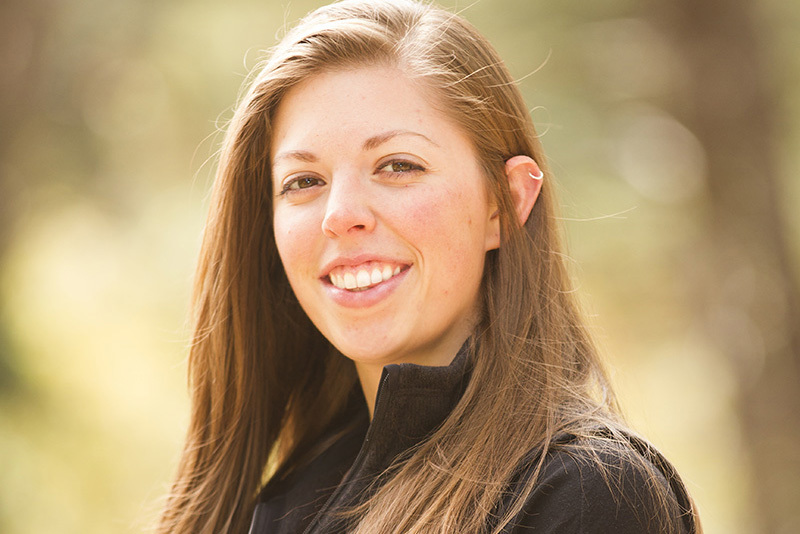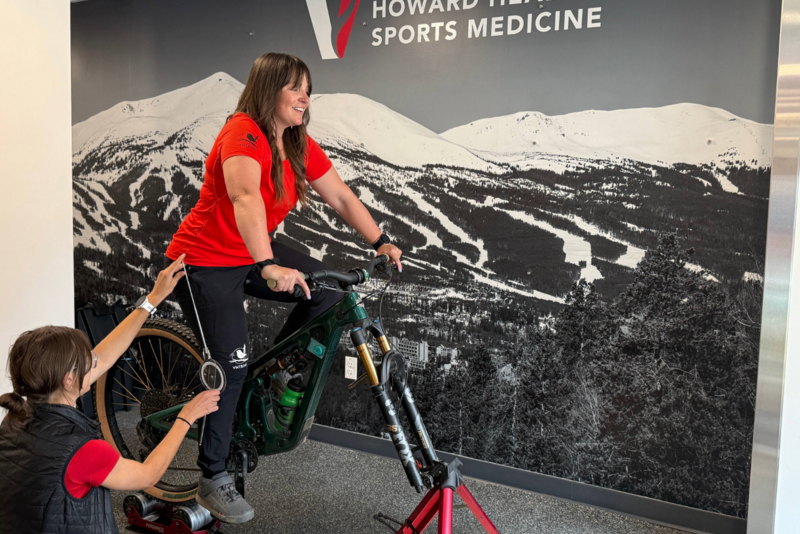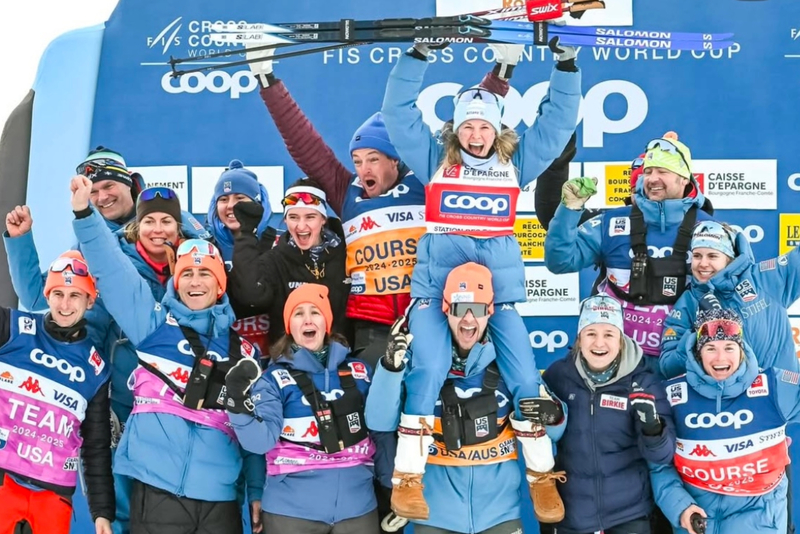News
Exercise For Chronic Pain
kimberly nicoletti
May 06, 2019

Living with pain on a daily basis can affect sufferers physically, mentally and emotionally, leading to other problems such as fatigue, depression and social isolation. People tend to lay off exercise when they’re in pain, resulting in less strength, flexibility and endurance, which further exacerbates the whole problem.
“Because chronic pain is a slow process that can get worse, you almost don’t even realize it’s happening,” says Sonya Garrison, a physical therapist at Howard Head Sports Medicine and a member of Vail Health’s Pain Management Committee, a group of health professionals who collaborate to address and treat pain without opiates.
While exercise isn’t a cure-all, it can go a long way in alleviating what Dr. Scott Raub of Vail-Summit Orthopaedics calls the “pain experience.”
“Often there’s a lot of fear and avoidance behavior,” Dr. Raub says. “There are a lot of misconceptions that, ‘because it hurts, I must be damaging myself.’ The most important thing is to educate patients on their condition so they understand activity doesn’t always equal damage to a structure.”
Chronic pain causes physiological changes in the nervous system that make people more efficient, or sensitive, in recognizing pain. However, people can learn to quiet these pain signals once they realize they’re not damaging their bodies, Dr. Raub says.
He teaches patients about their probable source of pain and what they can do about it when they’re not in his office, where he offers injections or other interventions to mitigate pain and support physical activity.
“Once you educate them, it’s important to get them to be more active,” he says. “Exercise might not make the pain go away, but it improves functional tolerance to different activities.”
Through exercise, pain thresholds continue to increase, so it takes more activity until pain might flare. This allows people to regain a significant portion of their lives.
In addition, exercise triggers the release of natural opioids and analgesic factors — chemicals that not only decrease pain but also produce feel-good sensations in the body. It’s like a runner’s high, only people with chronic pain don’t need to run miles to enjoy the effect; it doesn’t take much activity to release the chemicals when a body hasn’t been very active.
“Our research at The Steadman Philippon Research Institute has shown that exercise is an essential component in managing pain and recovering from injuries,” says Dr. Thos Evans, who specializes in interventional pain management and regenerative medicine at The Steadman Clinic. “A thoughtful exercise program can speed recovery and help keep those nagging daily pains at bay.”
MOVING BEYOND THE PAIN EXPERIENCE
Though it might be impossible for people with chronic pain to do an activity without any discomfort, all three experts encourage people to improve strength, flexibility and endurance in small increments, rather than pushing through pain and causing a flare-up.
A well-balanced routine is key.
“Varying the types of exercises performed can help decrease the chances of repetitive-use-type injuries,” Dr. Evans says.
Water is a great place to start exercising because it provides a non-weight-bearing environment, which still offers resistance to build muscle and increase the heart rate.
If pain levels increase above baseline (the pain level before exercise), the workout should be modified so it doesn’t increase pain. In this way, the patient can build upon success.
“The idea is we want to add volume over time,” says Sonya. “We start wherever we need to, and we slowly and gradually pick it up. If there’s pain at the new level, we take it down and give it some time before we progress.”
Walking with friends or taking gentle group classes like aquatic exercise or tai chi helps rebuild a sense of community, which in turn fuels a sense of psychological well-being. As people begin to feel better both physically and psychologically, they break the negative feedback loop of the pain experience.
As Dr. Raub points out: “You can sit on the couch or walk around the block with the same chronic pain. But through the walk, you release natural endorphins and gain a sense of well-being.”
Three Exercises to Alleviate Chronic Back Pain
CLAM
Tips:
- You should feel your muscles working in the back of your hip, not in the front.
- Do not hold your breath.
- Lie on one side, with your knees bent and hips slightly flexed.
- Tighten your core in toward the spine, keeping your feet together. Lift the top knee 45 degrees, then return to starting position.
BRIDGE
Tips:
- Keep the glutes and core tight all the way up and down through the exercise.
- Do not hold your breath.
- Lie on your back, feet shoulder-width apart, knees bent and in line with your feet.
- Tighten your core toward the spine. Squeeze your glutes and lift your hips up. Hold for 2-3 seconds, then return to starting position.
This exercise can also be done with a band around your thighs just above the knees.
CORE MARCHES
Tips
- If too difficult, start with feet on the ground and alternate lifting sides. Do not hold your breath.
- Lie on your back with your hips and knees bent to a 90-degree angle.
- Tighten your core toward the spine with the goal of keeping your back in contact with the ground.
- Slowly bring your right foot down while keeping the rest of your body stable, then bring the foot back to the starting position. Alternate sides.
______________________________________________________________________
ABOUT
Dr. Thos Evans
Interventional Pain Management and Musculoskeletal Regenerative Medicine at The Steadman Clinic
Dr. Scott Raub
Back, Neck, Physical Medicine & Rehabilitation and Spine at Vail-Summit Orthopaedics
Sonya Garrison
Physical Therapist at Howard Head Sports Medicine
More News
-
More

Eagle physical therapist joins the U.S. Air Force’s 9G club
Eagle resident Devyn Kammert, a physical therapist with Howard Head Sports Medicine,
-
More

Optimize Your Ride: What Is a Medical Bike Fit and Why It Matters
Whether you're a weekend warrior, daily commuter or competitive cyclist, comfort and performance on your bike are...
-
More

Travel Tips to Combat Soreness & Fatigue
While some chase the snow, others are heading to the beach for warmer weather. Travel is a common passion of those...





